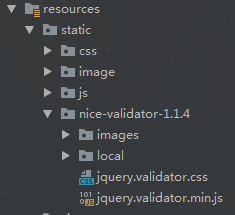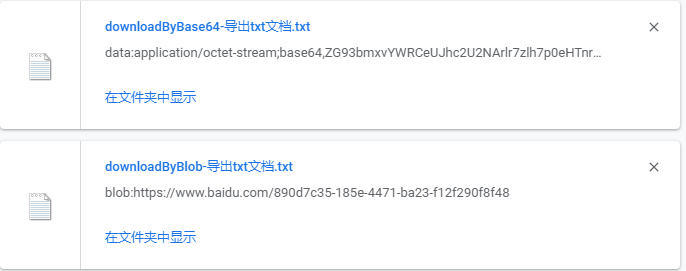学习使用angular中,ui-route是其中的一个难点,简单使用没什么问题,但涉及到多级嵌套,就感觉有茫然,查了很多资料,踩过很多坑,到目前为止也不能说对ui-route有全面了解;这里只是把填补的几个坑记录一下备忘:
1.abstract的使用:
rush:js;">
$stateProvider
.state('shop',{
resolve:{
"shoplist":function($http){
return $http({
url:"/bookApp/data/shoplist.
PHP",method:"GET"
})
}
},abstract: true,url:"/shop",templateUrl:"templates/shop/list.html",controller:"ShopListController"
})
使用abstract属性有什么用,官方说明:abstract: true 表明此状态不能被显性激活,只能被子状态隐性激活。不能显性激活即不能直接通过"/shop"访问此状态路由,那不就是一条死路吗?那要你何用。等等,我们再看看后面一句:能被子状态隐性激活,貌似还能活起来,怎么让他活起来?我们再看下面的代码:
rush:js;">
.state('shop.main',{
url:"/:id",templateUrl:"templates/shop/main2.html",controller:"ShopMainController"
})
状态:"shop.main"是shop的子状态,按理论shop.main可以激活shop,我们只需要这样去访问:/shop/1,这样我们可以激活shop状态,和"shop.main"
我们暂且不着急,我再再给加上abstract属性,玩点刺激的,我们再把激活点再往后一级看下面代码:
rush:js;">
.state('shop.main.info',{
url:"",templateUrl:"templates/shop/info.html",cache:'false',controller:"InfoController"
})
.state('shop.main.author',{
url:"/author",template:"
authorauthorauthorauthorauthor
"
})
.state('shop.main.samebook',{
url:"samebook",template:"
samebooksamebooksamebooksamebooksamebooksamebook
"
})
我看状态"shop.main.info"这个状态 的url为""所以我们要激活这个状态只需要这样去访问"shop/1"所有可以做为"shop.main"的一个默认子状态。
此时模块的嵌套关系为:list.html嵌套main.html,main.html嵌套info.html。我们可以通过"shop/:id"的url激活这个三层嵌套。
2控制器中参数的使用:
这个没什么难点,在控制器中注入"$stateParams" url参数在这个对象里可以拿得到 :
rush:js;">
shop.controller("ShopMainController",['$s
cope','$stateP
arams','$rootS
cope',function($s
cope,$stateP
arams,$rootS
cope){
$s
cope.persons = [1,2,3,4,5,6];
$s
cope.good = {
id:$stateP
arams.id
}
cfpLoadingBar.start();
}]);
3.怎么防止模板缓存
在开发过程中,模板缓存严重影响我们调试,有时候代码修改了,模板却没有任何变化。很苦恼,其他我们只需要监听下stateChangeSuccess,然后再清除$templateCache就行,这里我们采用run方法添加监听:
rush:js;">
bookApp.run(['$rootS
cope','$templateCache',function ($rootS
cope,$templateCache) {
var stateChangeSuccess = $rootScope.$on('$stateChangeSuccess',stateChangeSuccess);
function stateChangeSuccess($rootScope) {
$templateCache.removeAll();
}
}]);
以上就是本文的全部内容,希望对大家的学习有所帮助。






